
Driving Confidence. Building Futures.
Drive Bright CIC empowers people from disadvantaged backgrounds to gain independence and employability. We provide subsidised driving lessons and connect learners with local employment opportunities, helping them move forward in life.
Our Goals
Making a difference within communities

Community Partnerships
We believe learning to drive should link directly to improved employability, business engagement and community outcomes. By building partnerships with local businesses, we create opportunities for learners to gain independence, practical skills and meaningful work pathways.
Why this matters
- Research by the RAC Foundation shows that 17.4% of job vacancies in a snapshot of UK recruiting required applicants to hold a standard driving licence in October 2023 - up from 15.2% in 2016.
- The report noted that many of the roles requiring a licence were in sectors such as plumbing (67%), estate agency (59%) and care work (34%) which employ people from a variety of backgrounds.
- A driving licence therefore acts as a “job-qualification” for a wide range of employment opportunities, not just driver-jobs, particularly where flexible travel or access is required.
Our impact offer
- Through business‐sponsored or subsidised lessons, learners gain the licence that enables them to apply for a far wider set of jobs.
- Businesses in our network benefit by accessing a motivated pool of learners who are supported to enter employment, improving recruitment pathways, particularly in roles with travel or flexible location demands.
- There are tangible linear links: lesson access → licence attainment → wider job eligibility → increased employer engagement.
Investing in these partnerships helps close the gap between training and employment. The data shows that licence attainment is a measurable lever for job access.
Community Partnerships
We believe learning to drive should link directly to improved employability, business engagement and community outcomes. By building partnerships with local businesses, we create opportunities for learners to gain independence, practical skills and meaningful work pathways.
Why this matters
- Research by the RAC Foundation shows that 17.4% of job vacancies in a snapshot of UK recruiting required applicants to hold a standard driving licence in October 2023 - up from 15.2% in 2016.
- The report noted that many of the roles requiring a licence were in sectors such as plumbing (67%), estate agency (59%) and care work (34%) which employ people from a variety of backgrounds.
- A driving licence therefore acts as a “job-qualification” for a wide range of employment opportunities, not just driver-jobs, particularly where flexible travel or access is required.
Our impact offer
- Through business‐sponsored or subsidised lessons, learners gain the licence that enables them to apply for a far wider set of jobs.
- Businesses in our network benefit by accessing a motivated pool of learners who are supported to enter employment, improving recruitment pathways, particularly in roles with travel or flexible location demands.
- There are tangible linear links: lesson access → licence attainment → wider job eligibility → increased employer engagement.
Investing in these partnerships helps close the gap between training and employment. The data shows that licence attainment is a measurable lever for job access.

Affordable Access
We are committed to ensuring that cost is not the barrier keeping someone from gaining a driving licence – especially for learners from low-income households. By subsidising lessons and targeting those with financial constraint, we unlock mobility, employability and social inclusion.
Why this matters
- According to the RAC Foundation, the cost of learning to drive (excluding vehicle purchase/running costs) has been estimated at nearly £2,200 in the UK.
- The same report emphasised that a licence is often a key qualification for job roles, and that for many job-seekers the inability to drive limits their accessible job pool.
- In Scotland, official statistics from the Scottish Government-published “No One Left Behind – Statistical Summary” found that in the most recent quarter, 22% of individuals reported transport as a barrier to employment (for that survey’s context) in their region. This is very relevant for all areas across the UK.
Our impact offer
- By reducing the cost barrier, we increase access for learners who would otherwise have to forgo driving lessons or delay them.
- Easier access to a licence means learners can apply for jobs further afield, attend earlier shifts, and reduce risk of missing opportunities due to poor transport links.
- Each subsidised lesson is not merely a cost - it is an investment in increasing mobility, employability and reducing transport-based exclusion. The more people in employment, the bigger the economic benefits are for the community.
Evaluation frameworks can be built that show: cost of subsidy per learner → licence attainment → increased job eligibility → reduction in transport-barrier reporting. This gives strong metrics for return on investment in social value.
Affordable Access
We are committed to ensuring that cost is not the barrier keeping someone from gaining a driving licence – especially for learners from low-income households. By subsidising lessons and targeting those with financial constraint, we unlock mobility, employability and social inclusion.
Why this matters
- According to the RAC Foundation, the cost of learning to drive (excluding vehicle purchase/running costs) has been estimated at nearly £2,200 in the UK.
- The same report emphasised that a licence is often a key qualification for job roles, and that for many job-seekers the inability to drive limits their accessible job pool.
- In Scotland, official statistics from the Scottish Government-published “No One Left Behind – Statistical Summary” found that in the most recent quarter, 22% of individuals reported transport as a barrier to employment (for that survey’s context) in their region. This is very relevant for all areas across the UK.
Our impact offer
- By reducing the cost barrier, we increase access for learners who would otherwise have to forgo driving lessons or delay them.
- Easier access to a licence means learners can apply for jobs further afield, attend earlier shifts, and reduce risk of missing opportunities due to poor transport links.
- Each subsidised lesson is not merely a cost - it is an investment in increasing mobility, employability and reducing transport-based exclusion. The more people in employment, the bigger the economic benefits are for the community.
Evaluation frameworks can be built that show: cost of subsidy per learner → licence attainment → increased job eligibility → reduction in transport-barrier reporting. This gives strong metrics for return on investment in social value.

Inclusive Support
We recognise that learners with disabilities and long-term health conditions face additional barriers to accessing driving lessons and licences. Our inclusive support model ensures tailored instruction, adaptive equipment and specialist facilitation so that driving independence is accessible to all.
Why this matters
- According to the Leonard Cheshire Foundation, disabled people aged 18-64 in the UK have an employment rate of 54%, compared with 82% for non-disabled adults - a disability employment gap of 28 percentage points.
- Research from the National Centre for Accessible Transport (NCAT) shows that 92% of disabled people face barriers when using at least one mode of transport.
- The Motability Foundation’s “Transport Accessibility Gap Report” found that one quarter (25%) of working‐age disabled people cite inaccessible transport as a key barrier to participation in employment.
Our impact offer
- By providing adaptive lessons (e.g., trained instructors, vehicles with adaptations, flexible scheduling), we remove transport-related barriers to licence access for learners with disabilities or long-term health conditions.
- Learners gain increased independence, improved access to jobs, education, healthcare and social participation – thereby contributing to closing the disability employment gap.
- This aim addresses both mobility inclusion and employment equity in one package, offering tangible social impact in an under-served segment.
Reports will be created that allow for the assessment of number of learners with disabilities served, number achieving licence, number progressing to employment or education, reduction in transport barriers. With strong data-collection this offers a clear case for inclusive impact investment.
Inclusive Support
We recognise that learners with disabilities and long-term health conditions face additional barriers to accessing driving lessons and licences. Our inclusive support model ensures tailored instruction, adaptive equipment and specialist facilitation so that driving independence is accessible to all.
Why this matters
- According to the Leonard Cheshire Foundation, disabled people aged 18-64 in the UK have an employment rate of 54%, compared with 82% for non-disabled adults - a disability employment gap of 28 percentage points.
- Research from the National Centre for Accessible Transport (NCAT) shows that 92% of disabled people face barriers when using at least one mode of transport.
- The Motability Foundation’s “Transport Accessibility Gap Report” found that one quarter (25%) of working‐age disabled people cite inaccessible transport as a key barrier to participation in employment.
Our impact offer
- By providing adaptive lessons (e.g., trained instructors, vehicles with adaptations, flexible scheduling), we remove transport-related barriers to licence access for learners with disabilities or long-term health conditions.
- Learners gain increased independence, improved access to jobs, education, healthcare and social participation – thereby contributing to closing the disability employment gap.
- This aim addresses both mobility inclusion and employment equity in one package, offering tangible social impact in an under-served segment.
Reports will be created that allow for the assessment of number of learners with disabilities served, number achieving licence, number progressing to employment or education, reduction in transport barriers. With strong data-collection this offers a clear case for inclusive impact investment.
Get Involved
Your support is vital to our mission. There are many ways you can get involved and help us make driving - and the independence it brings - accessible to everyone. Your contribution creates real opportunities and brighter futures for those who need them most.
Become a Partner
Build impact together.
We work with businesses, organisations, and community partners to create opportunities, fund lessons, and connect learners with employment. Let’s make change happen - together.
Become a Partner
Build impact together.
We work with businesses, organisations, and community partners to create opportunities, fund lessons, and connect learners with employment. Let’s make change happen - together.
Join the Movement
Help us grow the movement.
Your voice matters - share Drive Bright’s mission with your friends, family, and community. Every share brings us closer to supporting another learner on their journey to independence.
Join the Movement
Help us grow the movement.
Your voice matters - share Drive Bright’s mission with your friends, family, and community. Every share brings us closer to supporting another learner on their journey to independence.
Sponsor a Learner
Fuel brighter futures.
Every pound you give helps fund lessons, adaptations, and support for learners who need it most. Even a small donation can change someone’s life forever.
Sponsor a Learner
Fuel brighter futures.
Every pound you give helps fund lessons, adaptations, and support for learners who need it most. Even a small donation can change someone’s life forever.
Where it all started
Some of the amazing people met along the way - the inspiration for starting Drive Bright!
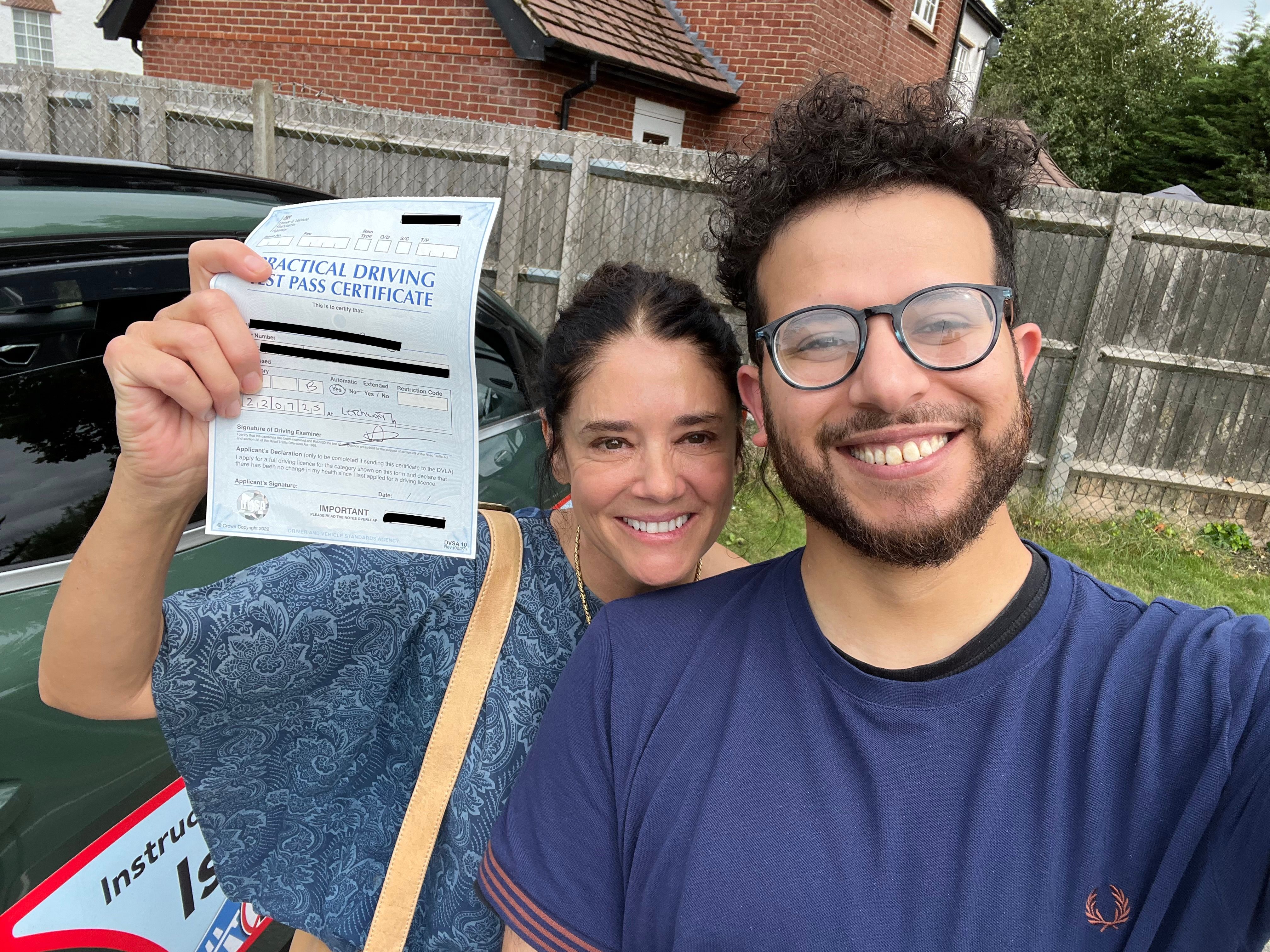

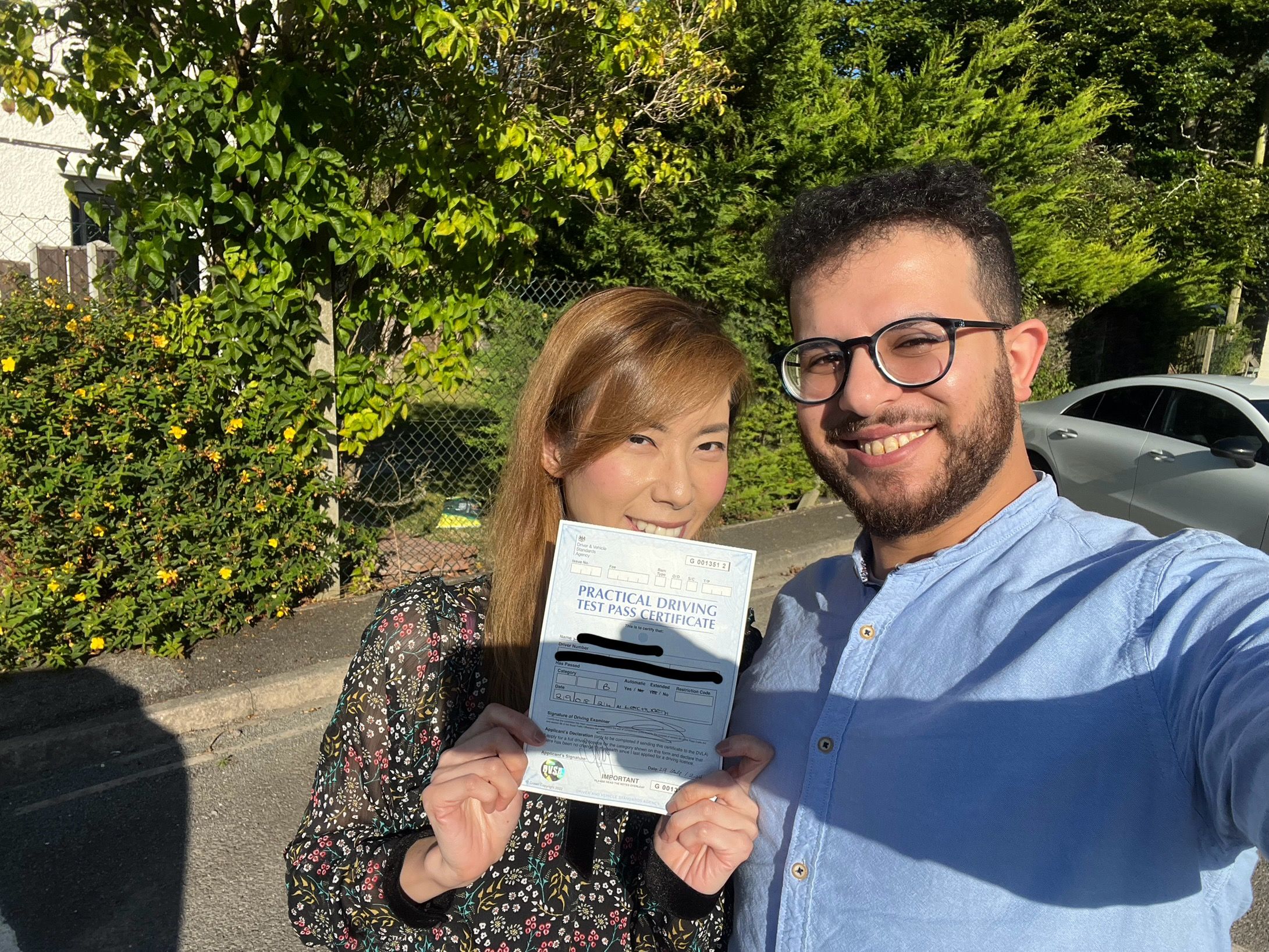

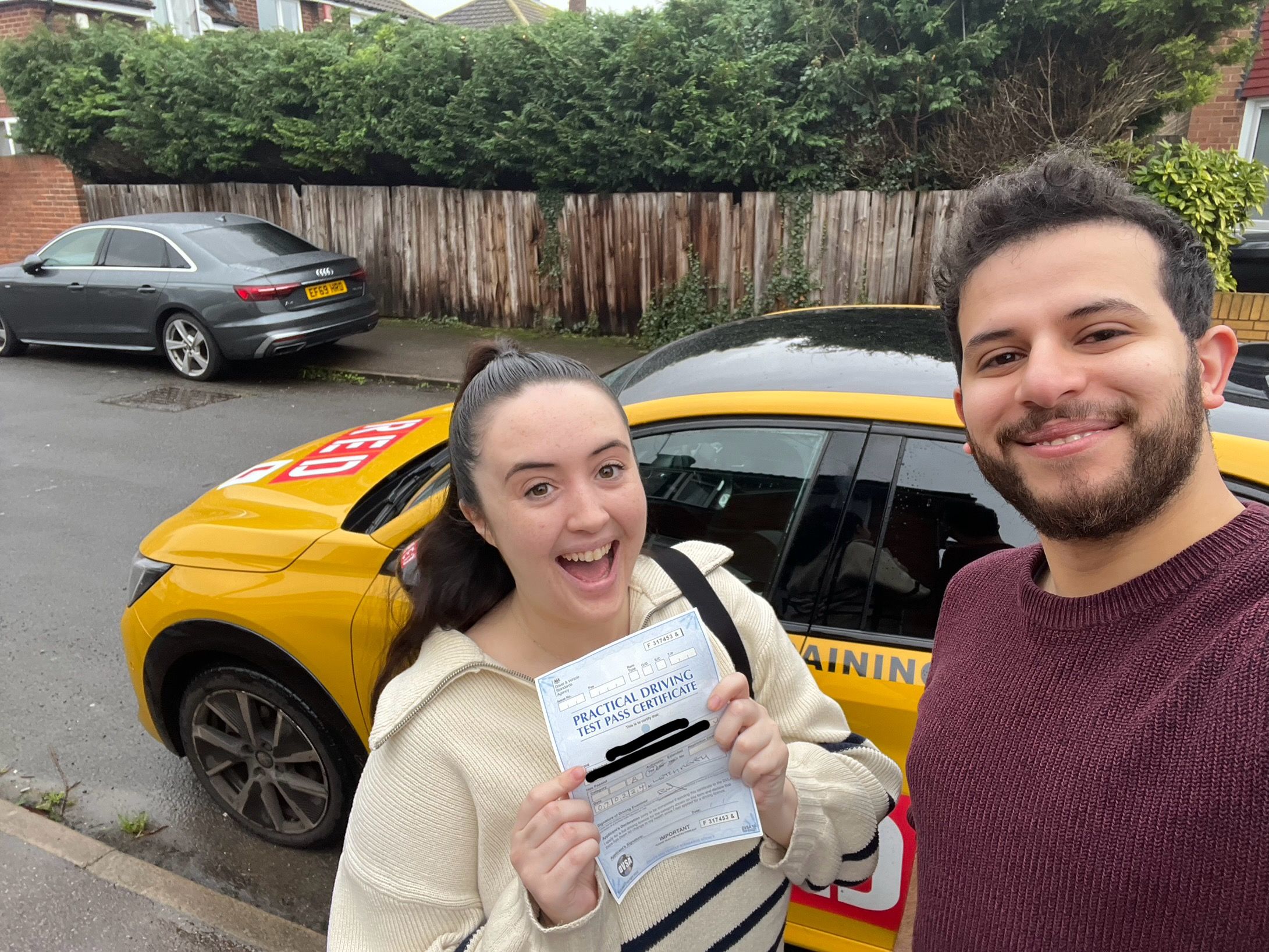

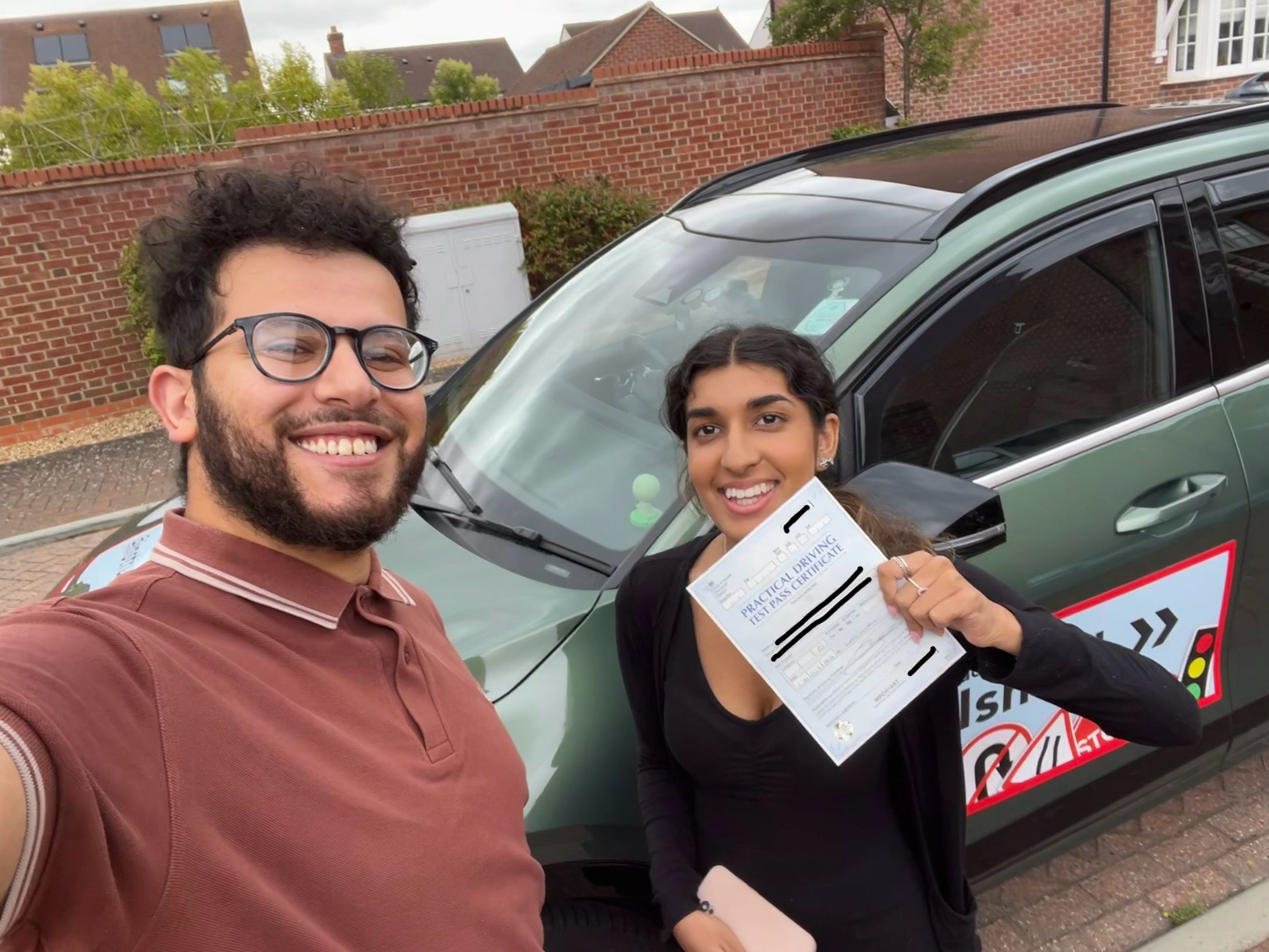

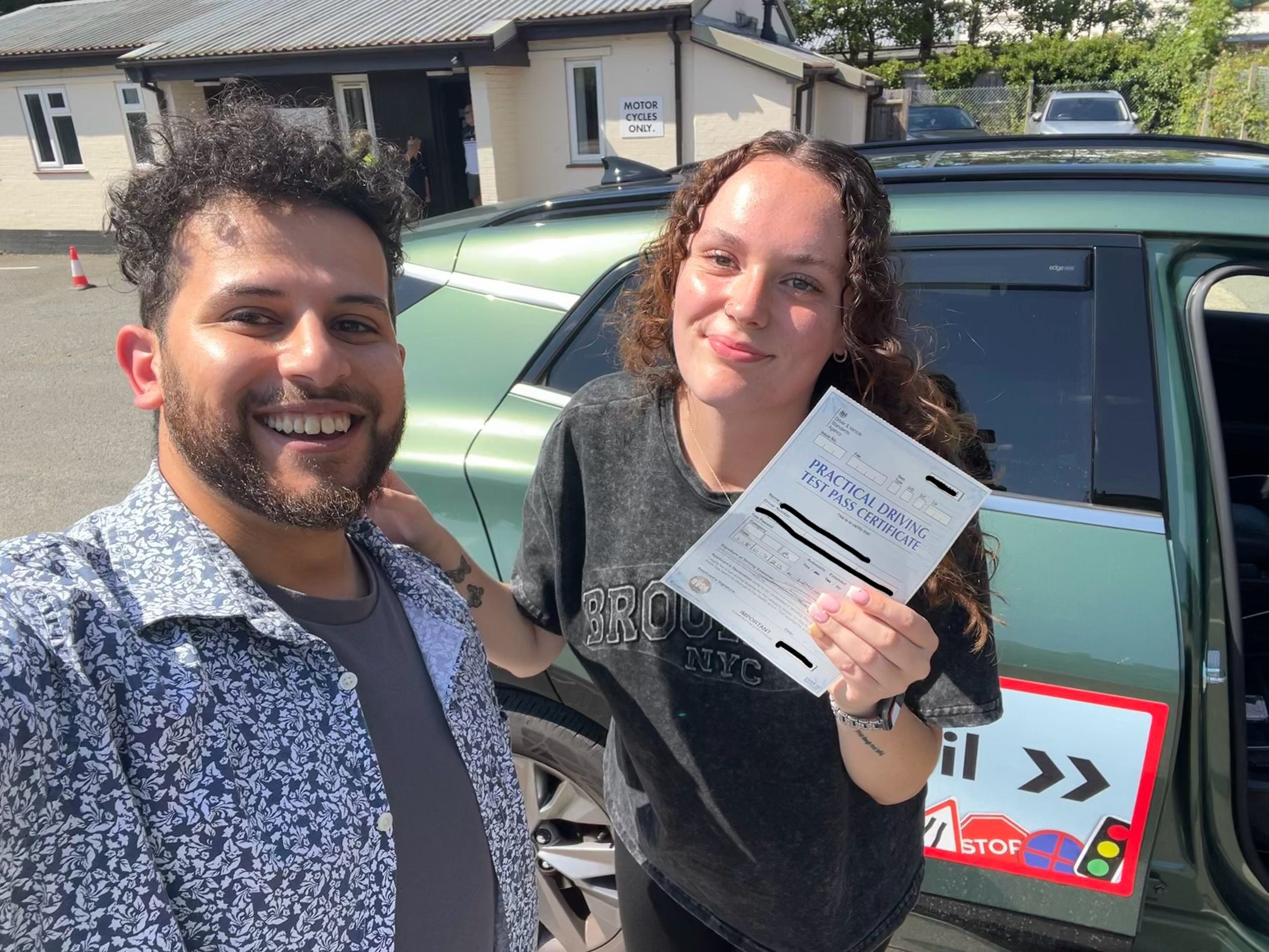

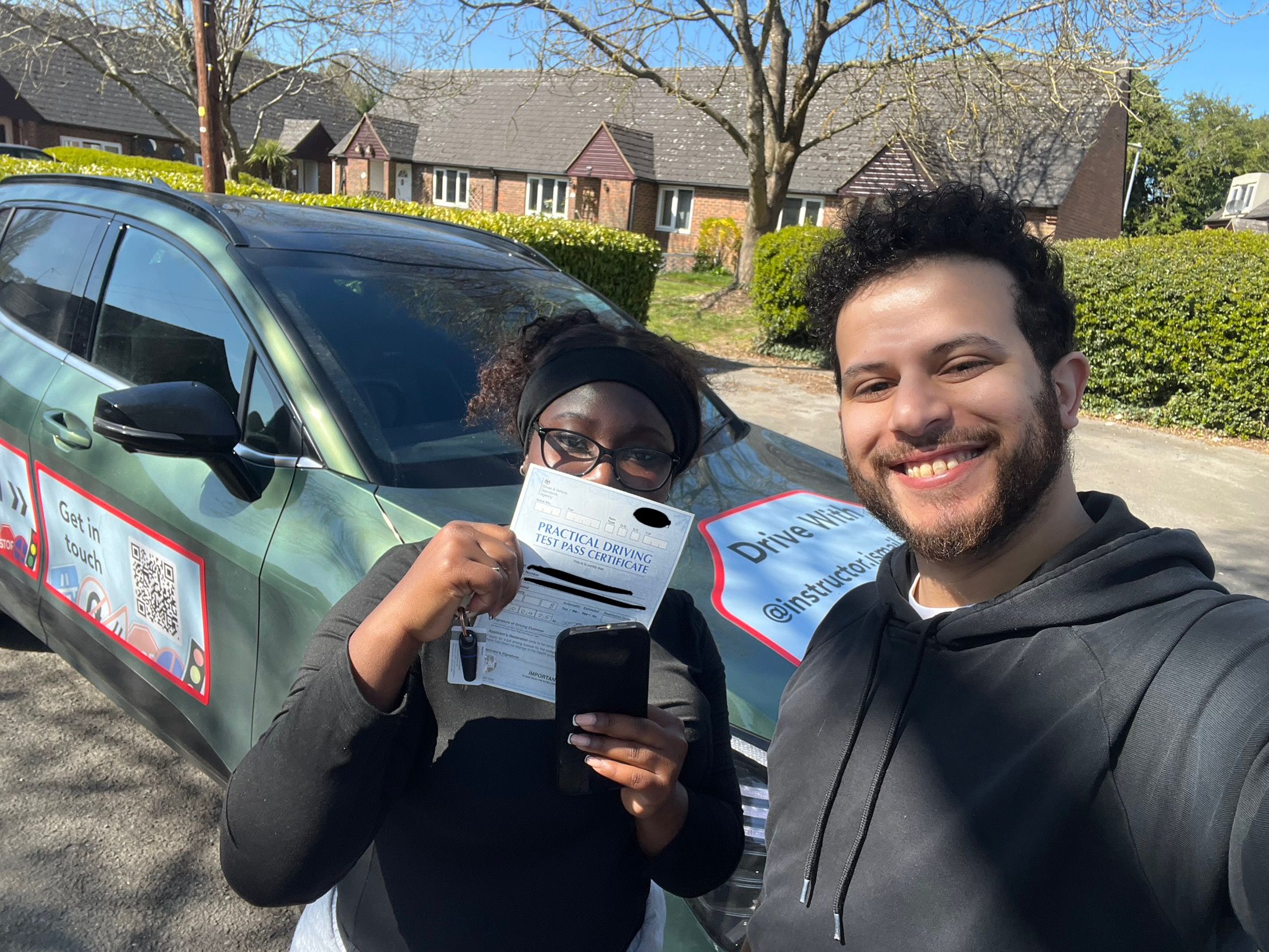


Power to the people
Our non-profit organisation was founded with a mission to deliver subsidised and adapted driving lessons for people who face barriers to independence - from disabled learners to those on low income or unemployed. Our approach combines research, education, and community engagement to create sustainable solutions for our learners and partners.
Drive Bright CIC – 24-Month Roadmap
Phase 1: Foundation & Partnerships (Months 1–6)
Focus: Establish operational infrastructure, develop partnerships, and recruit initial learners.
Key Actions:
Build relationships with local businesses, car dealerships, and community organisations.
Launch initial marketing campaign targeting low-income and disabled learners.
Milestones:
5–10 business partners confirmed.
10 learners enrolled in first programme cohort.
Impact Metrics:
Number of learners enrolled.
Number of partnership agreements signed.
Phase 2: Service Delivery & Growth (Months 7–12)
Focus: Scale lesson delivery, refine learner support, and demonstrate early impact.
Key Actions:
Deliver subsidised driving lessons to learners, tracking progress.
Offer targeted support for learners with disabilities or long-term health conditions.
Collect feedback from learners and partners to improve processes.
Begin capturing outcome metrics (licence attainment, employment progress).
Milestones:
20 learners complete first set of lessons.
Pilot first work-placement/mentorship programmes.
Monthly reporting framework established.
Impact Metrics:
Percentage of learners achieving licences.
Number of learners progressing to employment, education, or volunteering.
Phase 3: Expansion & Community Engagement (Months 13–18)
Focus: Expand geographic reach, deepen business partnerships, and increase public engagement.
Key Actions:
Partner with additional local businesses and community organisations.
Launch awareness campaigns targeting disadvantaged communities.
Develop inclusive support materials for learners with complex needs.
Explore additional funding streams, including grants and corporate sponsorships.
Milestones:
100+ learners supported since launch.
At least 15 business/community partners active.
Website updated with impact stories and case studies.
Impact Metrics:
Learner satisfaction scores.
Number of new business/organisational partners.
Phase 4: Consolidation & Long-Term Sustainability (Months 19–24)
Focus: Ensure sustainability, refine impact measurement, and plan for long-term growth.
Key Actions:
Evaluate programme outcomes and impact data.
Refine lesson delivery and learner support systems based on feedback.
Strengthen funding model: recurring donations, corporate partnerships, grants.
Develop a 3–5 year strategic plan for scaling.
Milestones:
150+ learners supported.
Full impact report published.
Multi-year funding secured for continued operations.
Impact Metrics:
Licence attainment rate.
Employment or education progression rate.
Social return on investment metrics for funders.
Get in touch
Want to learn more about how you can get involved? Reach out using the form below and we'll get back to you faster than you can book a driving test...